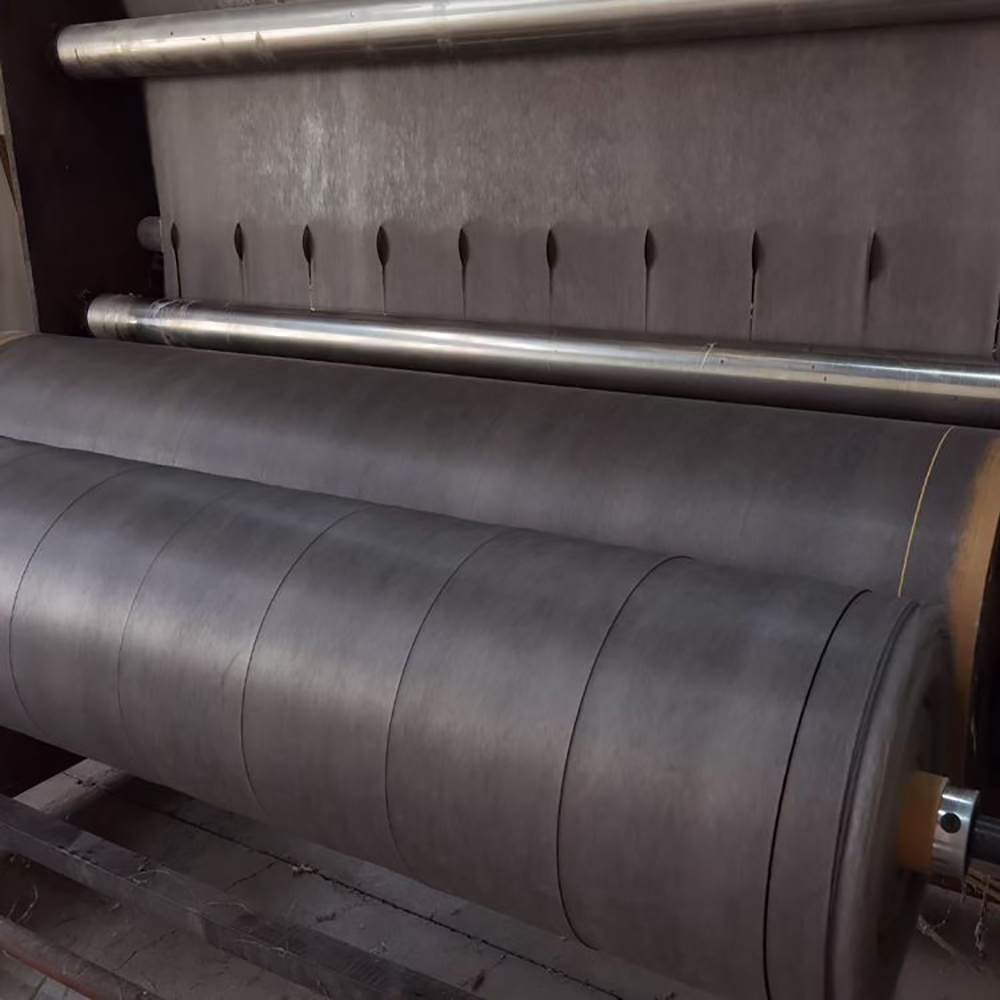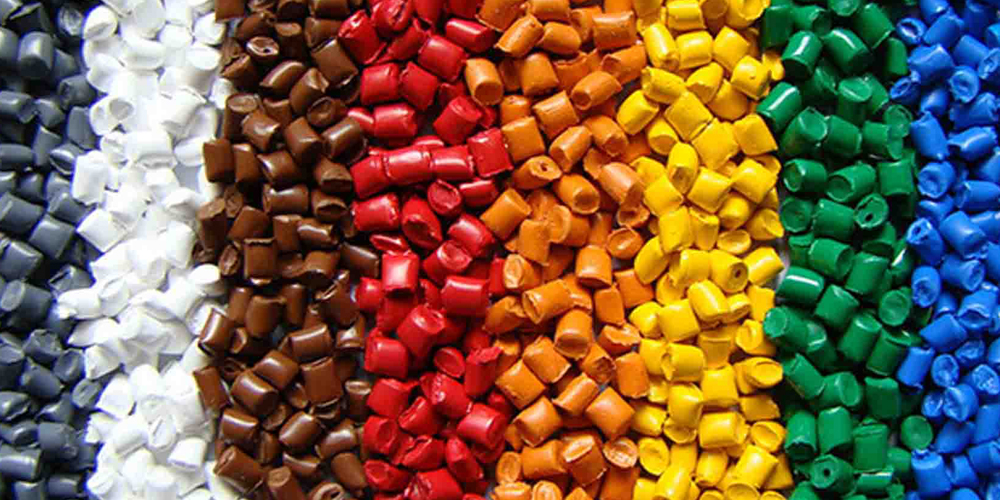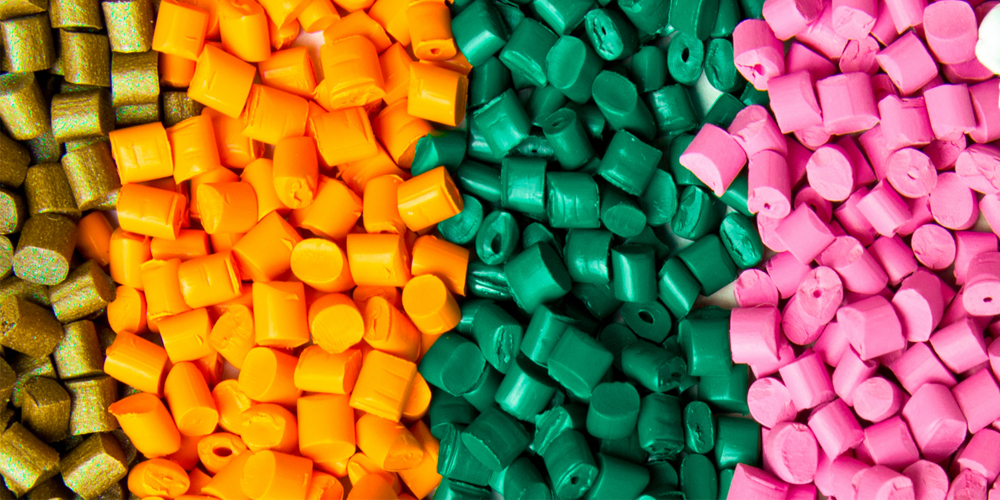
Manufacturing Process of Melt-Blown Black Masterbatch Color Masterbatch
The production of melt-blown black masterbatch color masterbatch is a detailed and precise process involving the combination of various ingredients to achieve the desired color and dispersion.







